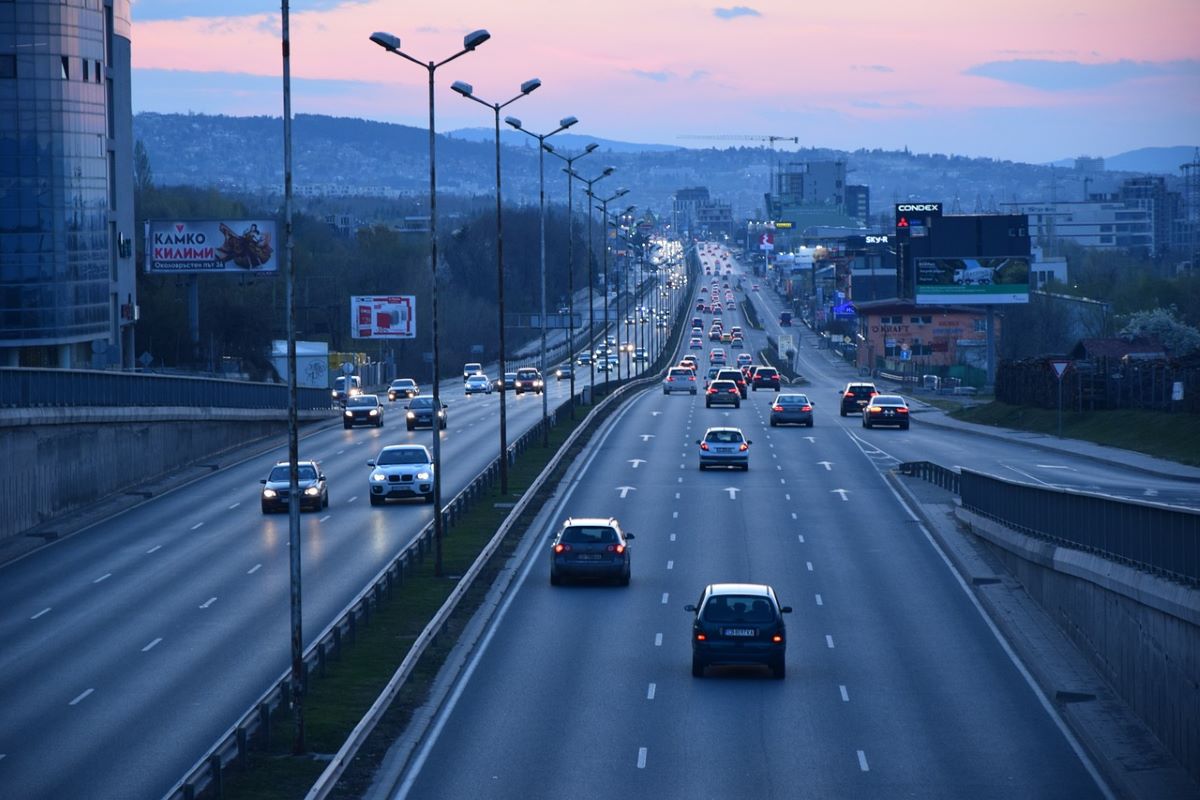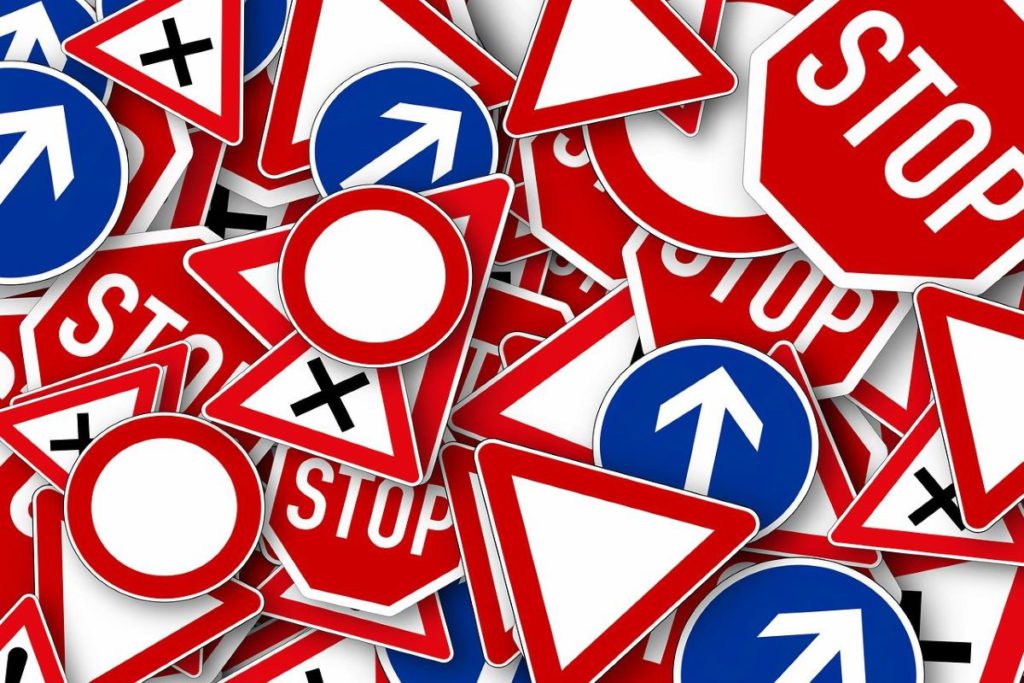
Traffic control services and traffic management signage are essential components of any urban transportation system. These tools help to ensure the safe and efficient flow of vehicles and pedestrians, reducing congestion and improving overall mobility.
Traffic control services refer to a wide range of measures used to manage and regulate traffic flow on roads and highways. These services include traffic lights, roundabouts, pedestrian crossings, road markings, signs, and signals. These tools are designed to improve safety, reduce congestion, and make it easier for drivers and pedestrians to navigate the roadways.
Traffic management signage, on the other hand, is used to provide drivers and pedestrians with important information about the road ahead. This includes signs that indicate speed limits, construction zones, and upcoming intersections, as well as warning signs that alert drivers to potential hazards. These signs are critical for ensuring that drivers can make informed decisions about safely navigating the roadways.

One of the most important roles of traffic control services is to improve safety. By providing clear and consistent signals to drivers and pedestrians, traffic control services help to reduce the risk of accidents and collisions. For example, traffic lights and roundabouts are designed to help drivers and pedestrians safely cross busy intersections, while road markings and signs are used to indicate which lanes are for turning and which are for through traffic.
In addition to safety, traffic control services also play a vital role in reducing congestion and improving overall mobility. For example, traffic lights that are timed to the flow of traffic can help to keep vehicles moving and reduce delays caused by congestion. Similarly, roundabouts can help to improve traffic flow by reducing the number of stop signs and traffic lights that drivers need to navigate.
Traffic management signage also plays a crucial role in reducing congestion and improving mobility. For example, signs that indicate construction zones or detours can help to divert traffic away from congested areas, while signs that indicate upcoming intersections can help to reduce delays caused by unexpected stops. Additionally, signs that indicate speed limits and other traffic regulations help ensure that drivers follow the rules of the road, which in turn can improve traffic flow and reduce congestion.
Beyond its practical benefits, traffic control services and traffic management signage also play a crucial role in shaping the overall experience of navigating urban streets. The effective use of these tools can help create a sense of order and predictability, making it easier for drivers and pedestrians to navigate the roadways. This can help to reduce stress and frustration, making the experience of travelling through the city more pleasant for everyone.
However, it is not only important to have traffic control services and traffic management signage in place but also to ensure that they are properly maintained and updated. Over time, road signs may become faded or worn, traffic lights may malfunction, and road markings may become obscured. These issues can make it difficult for drivers and pedestrians to navigate the roadways safely. By regularly inspecting and maintaining traffic control services and traffic management signage, cities can help to ensure that these tools continue to work as intended, keeping drivers and pedestrians safe and improving overall mobility.
In a nutshell, traffic control services and traffic management signage are critical components of any urban transportation system. They play a vital role in improving safety, reducing congestion, and making it easier for drivers and pedestrians to navigate the roadways. Effective use of these tools can help to create a sense of order and predictability, reducing stress and frustration while making the experience of travelling through the city more pleasant for everyone. It is important for cities to ensure that traffic control services and traffic management signage are properly maintained and updated to keep drivers and pedestrians safe and improve overall mobility.






